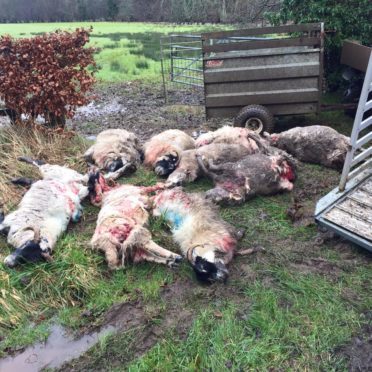A consultation on new legislation to tackle the growing problem of livestock worrying is being brought forward by a Highlands and Islands MSP.
Emma Harper, parliamentary liaison officer to Rural Economy Secretary Fergus Ewing, announced her intention to consult on a Member’s Bill at a National Sheep Association (NSA) reception in the Scottish Parliament.
She said: “It would allow for the consolidation of various forms of legislation which touch on livestock worrying, therefore allowing it to be concise, understandable and give clear guidance on the responsibility of dog owners.
“It will also allow for the establishment of consequences for breaches of the proposed legislation.”
Ms Harper said her decision followed several months of talks with farmers and those involved with the agricultural sector, all of whom expressed concern.
“Irresponsible dog owners who allow their dogs to roam the countryside, whilst not under close control and worry, attack and mutilate livestock is harmful not just to animal welfare but can have severe financial implications for farmers,” she said.
“Research has indicated that current legislation simply either doesn’t adequately make reference to livestock and wildlife worrying or is not strong enough to prevent the issue.”
nnicolson@thecourier.co.uk







